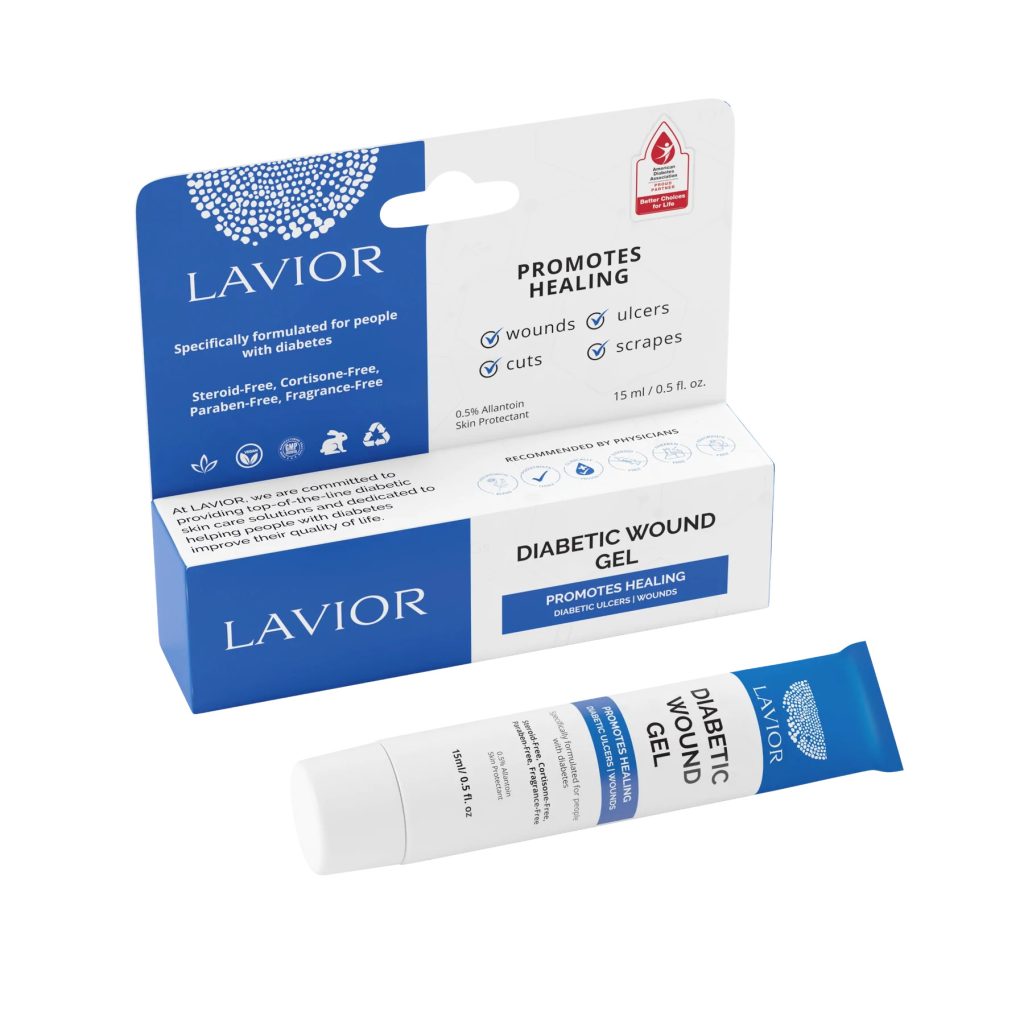Diabetic Wound healing is an intricate process; when disrupted, it can lead to prolonged and non-healing wounds. Various factors influence this process, from nutrition to blood flow, and understanding these can be key to effective treatment. Let’s review a number of these factors./
The Role of Nutrition in Diabetic Wound Healing
Nutrition plays a pivotal role in wound healing. Research indicates that the body’s protein requirements during healing can be up to three times the normal daily intake. Protein is essential for synthesizing collagen, crucial for skin and tissue repair. Collagen acts as a scaffold for new tissue growth, aiding in the strength and elasticity of the healed area.

Additionally, hydration is paramount. Adequate water intake ensures cellular health, aids in the removal of toxins, and facilitates the transport of nutrients to the wound site. Neglecting these nutritional needs can lead to extended healing times, especially in patients with chronic wounds.
Arterial Insufficiency and Peripheral Atherosclerosis Disease
Peripheral Atherosclerosis Disease (PASD) is a significant cause of arterial insufficiency, leading to non-healing wounds, as noted by Woundsource. In PASD, plaque buildup in arteries impedes blood flow, which is crucial for delivering oxygen and nutrients to the wound.
Reduced blood flow means the healing tissues are deprived of these essential elements, slowing the healing process. Treatments like artery bypass or angioplasty are often employed to improve blood circulation, which is vital for wound healing.
The Chronic Nature of Some Diabetic Wounds
The National Institute of Arthritis and Musculoskeletal and Skin Diseases (NIAMS) explains that chronic wounds struggle to heal due to their failure to progress through the normal stages of healing. These stages include inflammation, proliferation, and maturation. Chronic wounds often become stagnant in the inflammatory phase, which should naturally resolve to allow the next stages of healing. This stagnation can lead to complications like infections, hindering the healing process further.
Impact of Poor Blood Flow and Infections
Poor blood flow, particularly in the extremities, severely affects wound healing. Insufficient blood circulation limits the delivery of essential nutrients and oxygen, which are vital for tissue repair and regeneration. This is particularly problematic in individuals with conditions that impair blood flow, such as diabetes.
Infections also play a significant role in the non-healing of wounds. For instance, in diabetic patients, the compromised ability to fight infections can lead to worsening wound conditions. In such cases, specialized treatments like Diabetic Wound Treatment become crucial, offering targeted care to address the wound and the underlying condition.
Age-Related Factors in Wound Healing
Age significantly affects the body’s healing capacity. Skin loses its elasticity and thickness with age, and collagen production decreases. This reduction in collagen, a vital component for wound healing, means that older adults often experience slower healing rates. Moreover, elderly individuals are more likely to have chronic conditions like diabetes or vascular diseases, which can further complicate the healing process. For diabetic patients, using products like Diabetic Wound Gel can be beneficial in managing and healing wounds effectively.
Conclusion
Understanding the reasons behind non-healing wounds is crucial for effective treatment and management. Factors like nutrition, blood flow, chronic conditions, and age significantly affect wound healing. Addressing these factors through appropriate nutritional support, medical interventions, and specialized treatments can greatly enhance the healing process, particularly in vulnerable populations like the elderly and those with diabetes. As research continues to evolve, more advanced and targeted treatments are emerging, offering hope for those suffering from non-healing wounds












